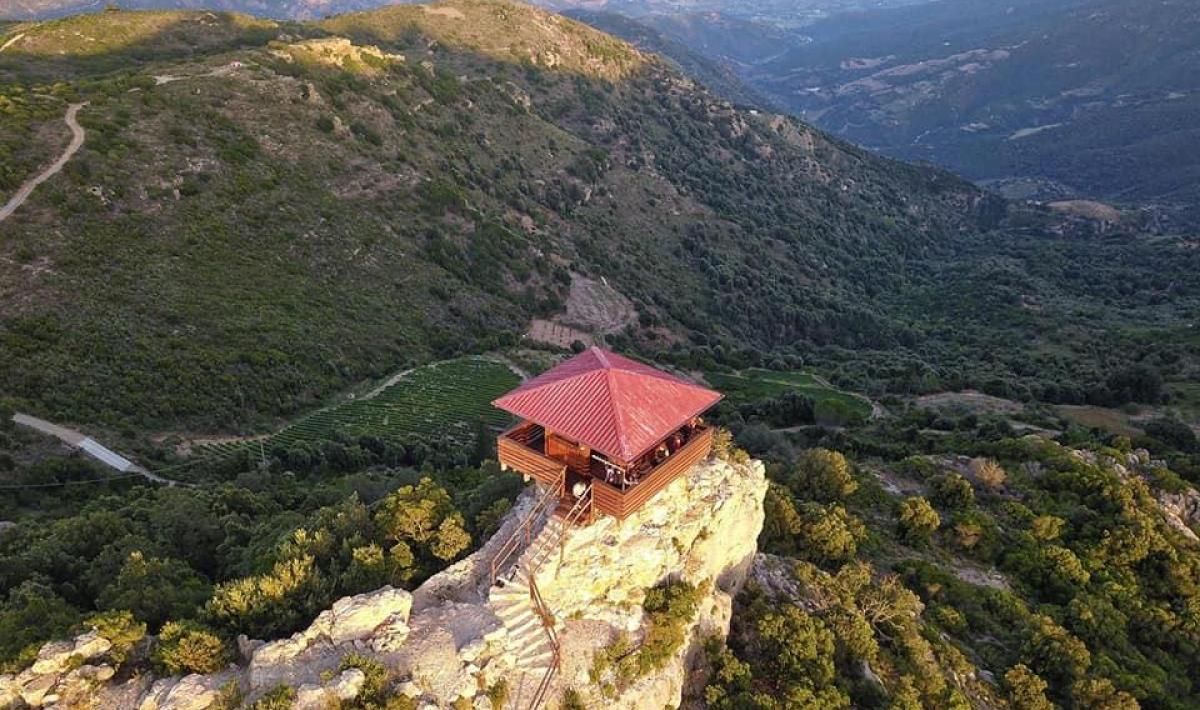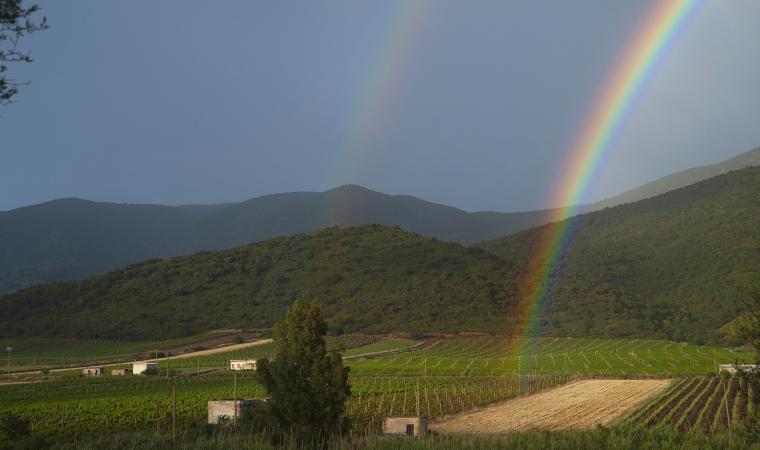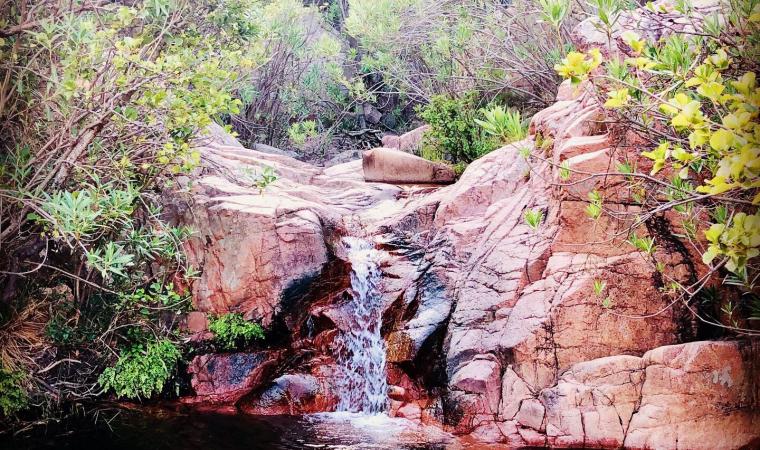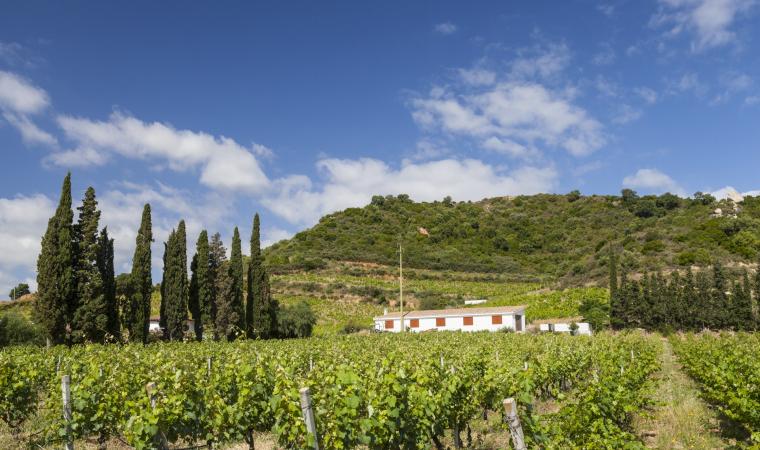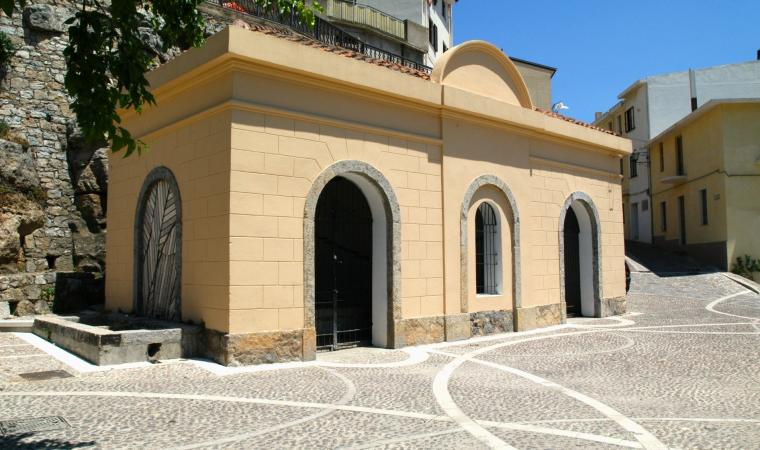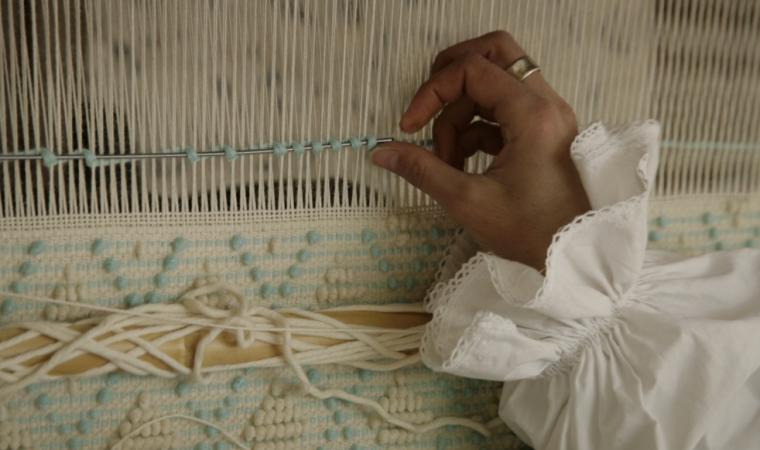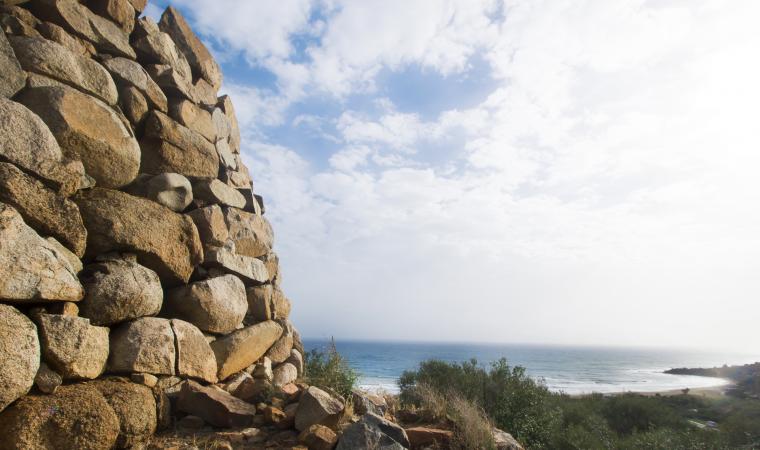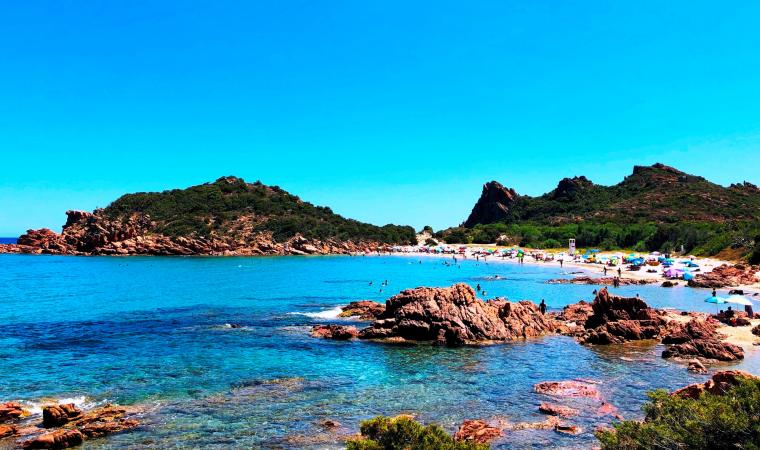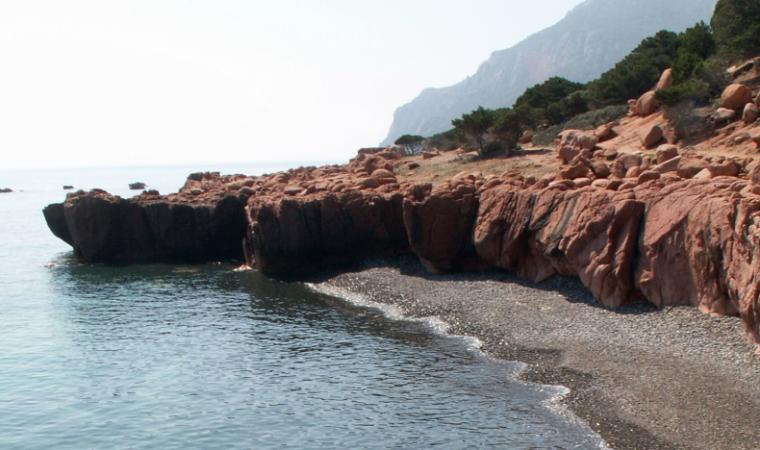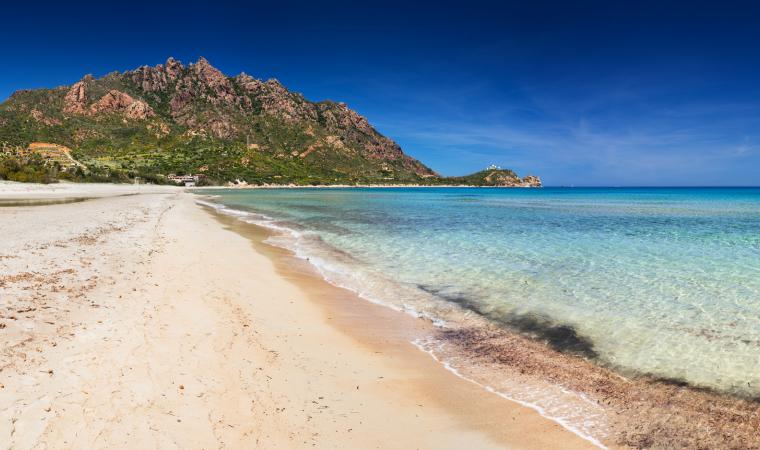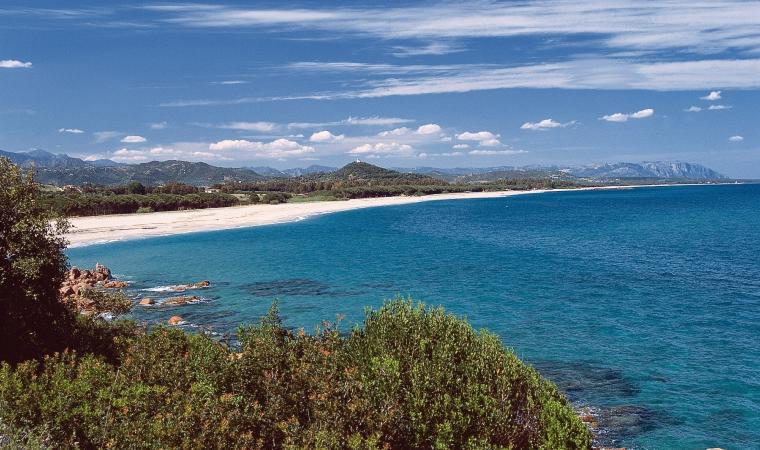Nature patiently worked to create this place over millions of years. The artists are wind and water, which have carved the rock, shaping majestic limestone towers, the Buttes of Ogliastra, between which some dense, luxuriant vegetation has developed and is crossed by torrents. This is the captivating landscape that makes the state-owned forest of Bingionniga stand out, as it extends for over 400 hectares, almost entirely in the territory of Jerzu, while a small part of it falls within that of Tertenia, at an altitude that varies between 250 and 750 metres. It is mostly made up of holm oak forests, with a lush undergrowth and species of phillyrea. In the areas where the holm oaks thin out, a dense Mediterranean scrub has developed, with strawberry trees, mastics, rockrose and heather making up the greenery. The rocky areas are particularly enchanting, with various native species like the coronilla and the terebinth. The waterways tend to have a seasonal flow: the main ones are the rivulets of Moliapas, Alusti and Su Crabiolu.
You can explore the forest along numerous paths, on foot or by bike, and you can also reach the top of the ‘buttes’: in one of these, there is the fire lookout of Mamutara, with a spectacular 360-degree view. You will be captivated by the surrounding landscape and the colours of the cliffs ‘immersed’ in the greenery of the woods. From the plateau above Mount Arbu, Taccu in Tertenia, you will see rugged limestone peaks, centuries-old trees and other ‘buttes’, while to the east you will see a large part of the Ogliastra coast, from Marina di Tertenia to Santa Maria Navarrese. It is no coincidence that the Arbu is nicknamed ‘the enchanted mountain’.
The nature trails spread between the Buttes branch out into the heart of Ogliastra, from Monte Ferru to the north, through the Rio Pardu valley, Mount Corongiu, the most spectacular panoramic viewpoint of Jerzu, with traces of a Punic necropolis on the top, and across the territory ofUlassai. Nature has created plenty of unmissable attractions here, starting from the grotto of Su Marmuri, one of the most impressive caves in Europe, as well as one of Sardinia’s most majestic natural monuments. Other places absolutely worth visiting are the waterfalls of Lequarci and Lecorci, an exciting ‘water landscape’ where the waters of Lecorci flow at the foot of abutte, just below Su Marmuri, and, three kilometres further downstream, join the waters of Lequarci, with its cascade measuring almost a hundred metres.

